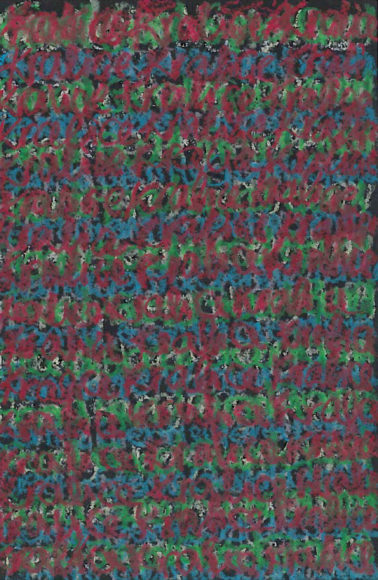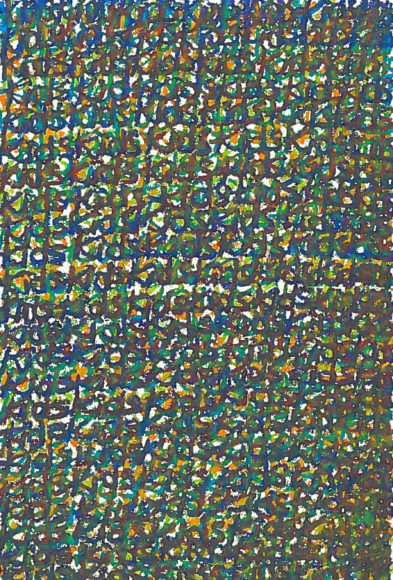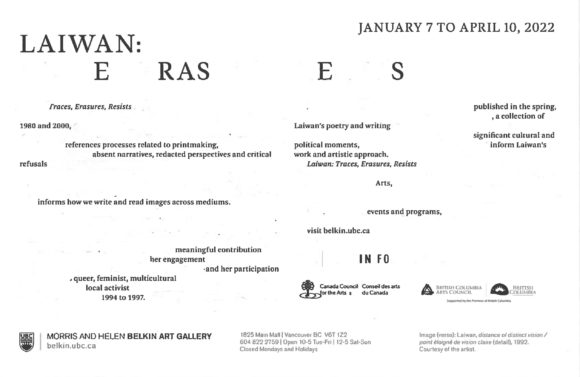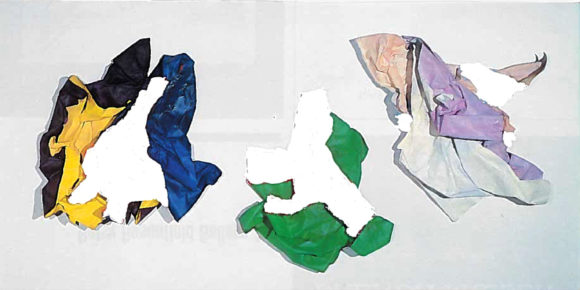On site mini tours: Sunday 20 Feb 2022
Online videos and virtual art activity: Sunday 20 Feb - Sunday 28 Feb 2022
Kids Take Over UBC: Tracing, Erasing, Resisting
Celebrate Family Day this year with a take-home art activity inspired by drawing techniques used by artist Laiwan in our current exhibition Laiwan: Traces, Erasures, Resists. The activity can be done from home on a small flat surface, with any paper or material with print (newspaper, book pages, posters, etc.), whiteout and pastel. A limited number of take-home art kits with supplies for these activities are available on a first come, first served basis, and can be picked up at the Belkin during opening hours.
Interested in learning more? Register for one of our short, kid-friendly tours at the Belkin on Sunday, 20 February. These 10-minute mini-tours begin at 11 am, 1 pm, 2 pm and 3 pm. We’ll look at two artworks by Laiwan that use these techniques and discuss how she draws surprising connections between what is revealed and what stays hidden – or watch the how-to videos below!
Thank you for your interest! Our tours and the take-home art kits are now full. To reserve a spot for a mini-tour and to request a take-home art kit, register with Kids Take Over UBC, then email us at belkin.rsvp@ubc.ca.
Inspired by Laiwan’s Writing on Writing, a pastel drawing activity with Ece Asitanelioğlu and Josephine Wong
The materials used in this activity are Mungyo oil pastels or Pentel oil pastels, Canson XL Mixed Media paper (white), Canson Mi-Tientes paper (for pastel, black) or Stonehenge Aqua Coldpress Watercolour paper (black). You can also use crayons, markers, colour pencils and different kinds of paper for a variety of effects.
Inspired by Laiwan’s dotting like flatheads: this is the english I learn, a whiteout drawing activity with Emma Chen and Josephine Wong
The materials used in this activity are liquid whiteout and information cards about the exhibition, Laiwan: Traces, Erasures, and Resists. You can also use paint, gouache, watercolour, and different kinds of paper with words or images.
ABOUT KIDS TAKE OVER UBC
Kids Take Over UBC has its roots in Takeover Day, a celebration of children and young people by museums, galleries, arts organizations, archives and heritage sites first launched in the United Kingdom. This year, there are family activities happening across the UBC Campus and online; for more information, visit Kids Take Over UBC.
Related
-
Tour
Tours: Laiwan: Traces, Erasures, Resists
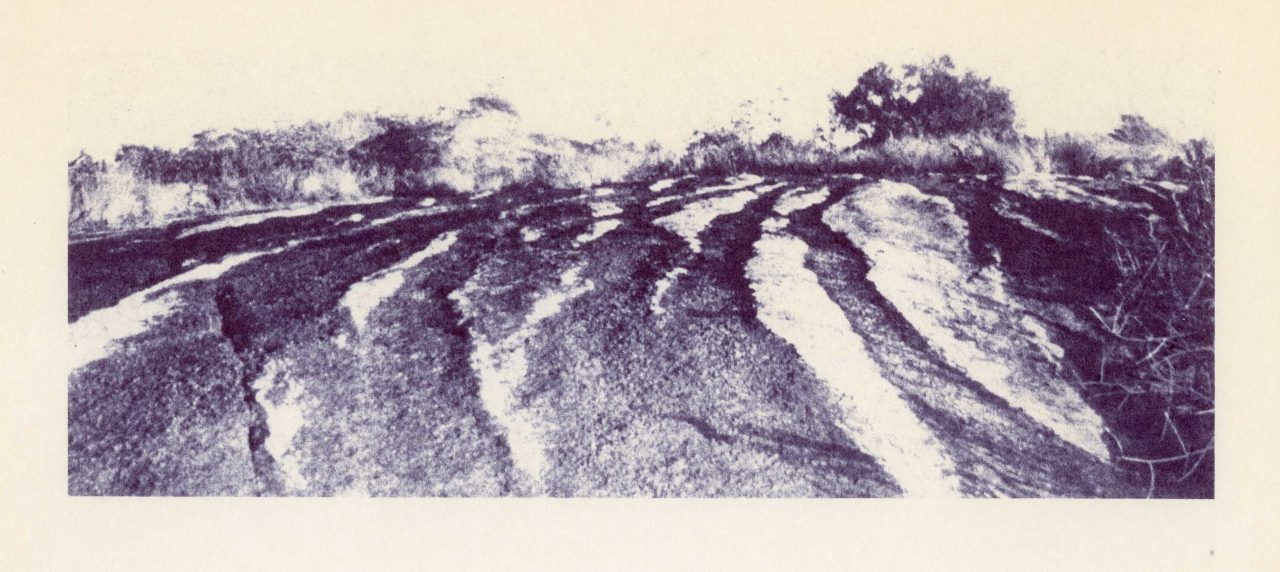
Tours and discussions of Laiwan: Traces, Erasures, Resists can be arranged according to current COVID-19 safety protocols from Tuesday to Friday for groups and classes, lasting 50 minutes and longer. For more information, please contact Belkin Public Programs by email at belkin.tours@ubc.ca or by phone at (604) 822-5600.
[more] -
Exhibition
7 Jan – 10 Apr 2022
Laiwan: Traces, Erasures, Resists
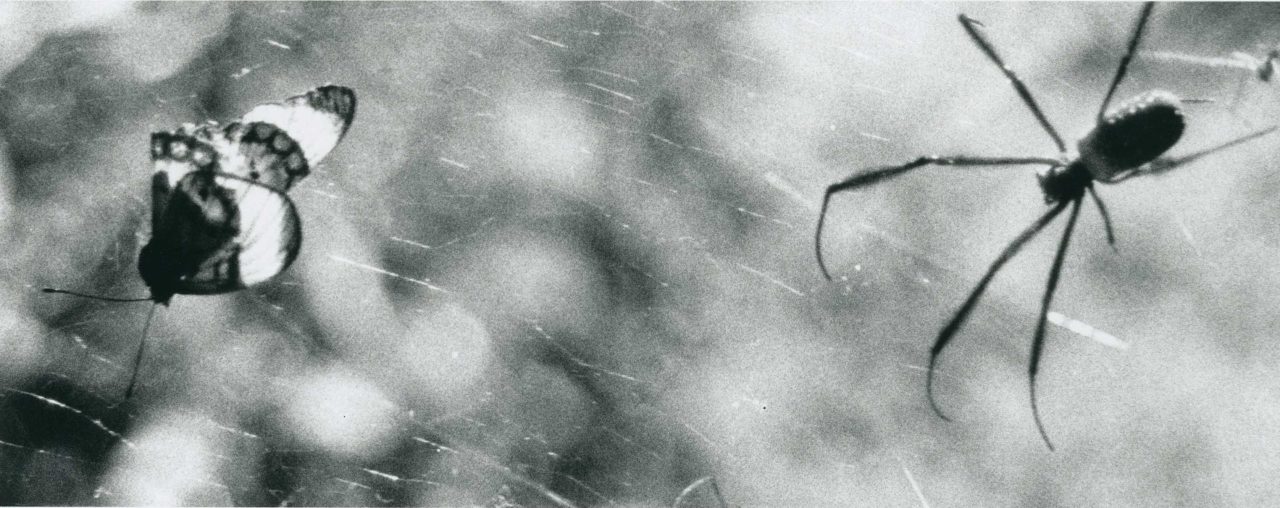
Laiwan: Traces, Erasures, Resists highlights the artist's attention to the material and symbolic vocabularies of print and lens-based media between 1980 and 2000 and features her early interventions into the logic of the book form and the ideology of historical and encyclopedic genres. Guest curated by Amy Kazymerchyk, the exhibition title references processes related to printmaking, while also speaking to the absent narratives, redacted perspectives and critical refusals that are latent in official publications.
[more] -
Event
Outside the Belkin: Laiwan
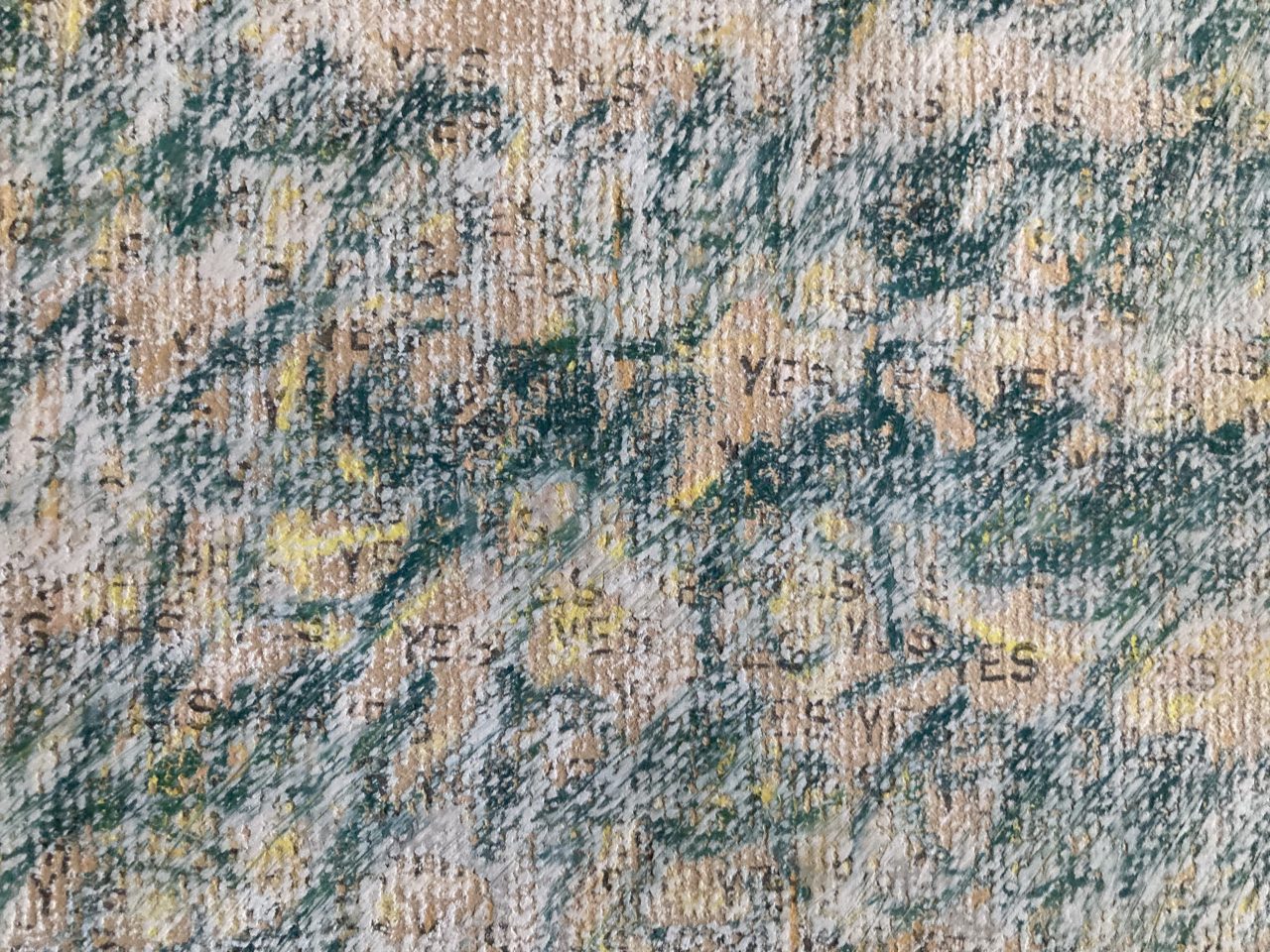
Over the course of her career, Laiwan has nurtured extended connections to many arts and community organizations across the city through her engagement with artist-run centres and her participation with queer, feminist, multicultural and visual art print publications. As a way of honouring and highlighting these relationships, the Belkin is cross-promoting events that Laiwan is engaged in across the city and more widely. This list is growing and changing; check often for updates.
[more] -
Tour
SATURDAY 15 JAN 2022, 2-3:30 PM
Artist and Curator Tour: Laiwan and Amy Kazymerchyk
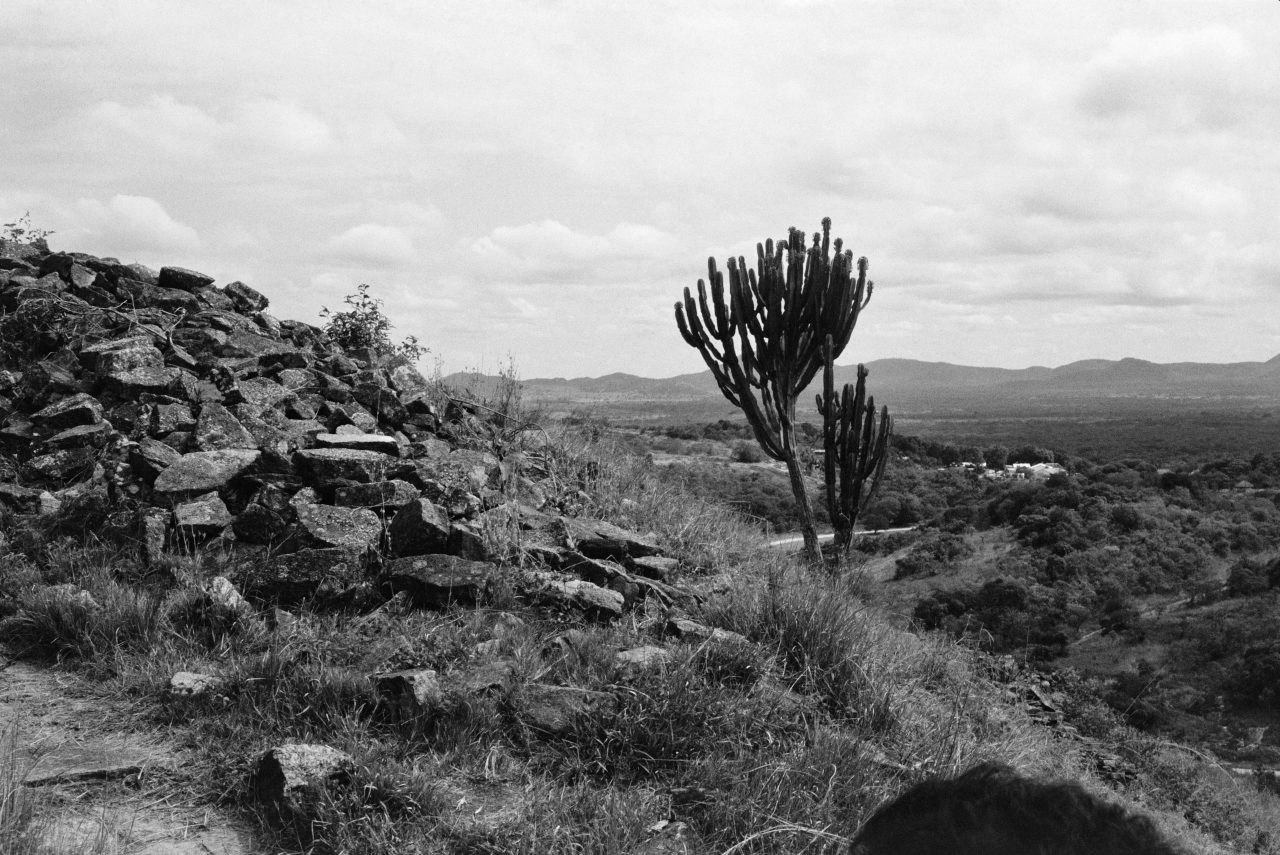
On January 17, Laiwan and curator Amy Kazymerchyk walked through the Belkin discussing their exhibition Laiwan: Traces, Erasures, Resists. The two touched on the latent traces, erasures and resists in the artistic and curatorial processes behind the exhibition. While the tour was to take place in front of a live audience, COVID-19 restrictions required that the conversation take place behind closed doors.
[more] -
Exhibition
7 JAN – 10 APR 2022
Outdoor Screen: Laiwan
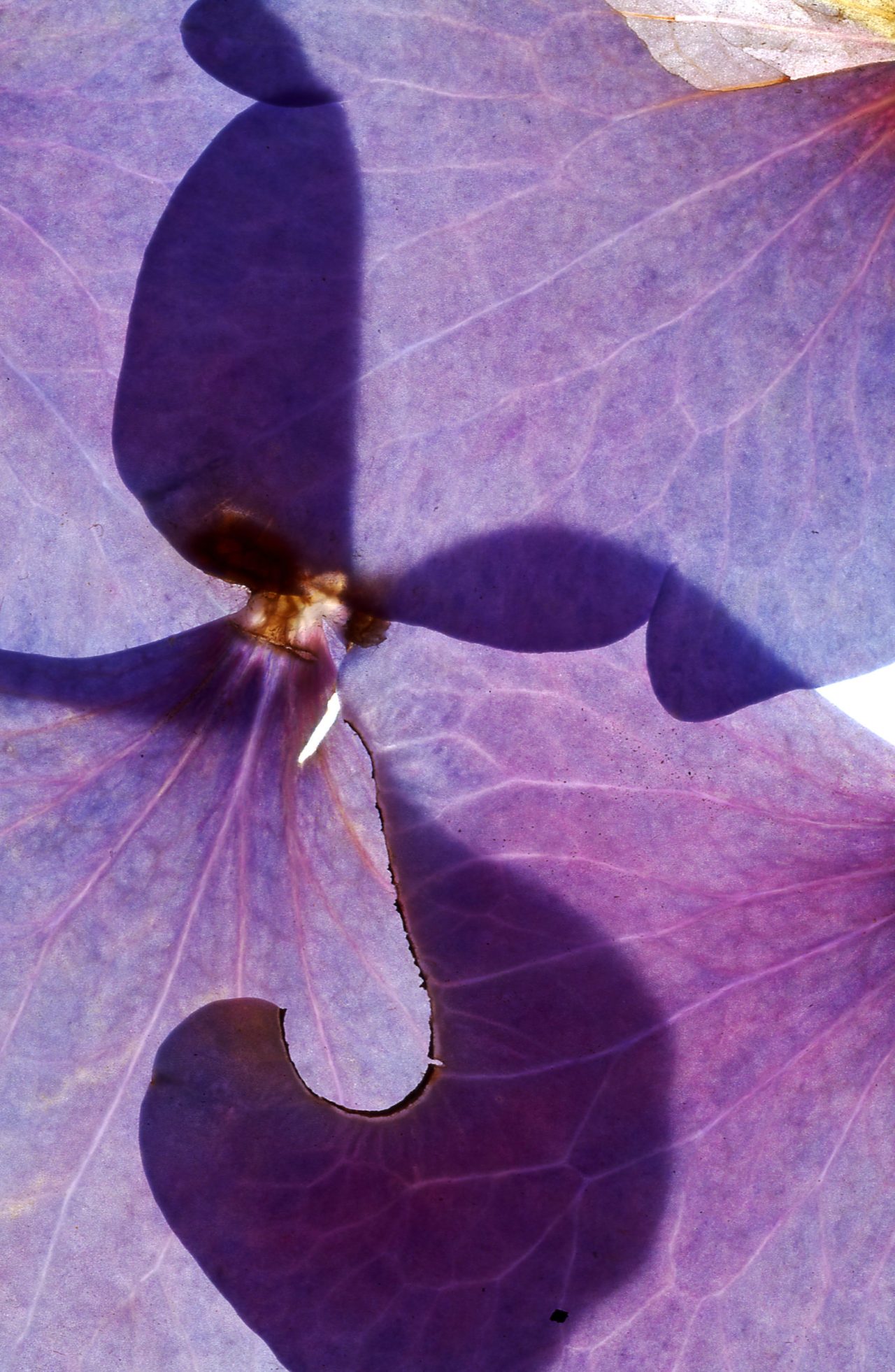
From January to April, the Belkin's Outdoor Screen sets a number of works in relation to one another, drawing associations between the exhibition Laiwan: Traces, Erasures, Resists in the gallery, the longterm artist's residency in the Outdoor Art program and the affinities to be found with research partners on campus.
[more] -
News
18 Jan 2022
Laiwan: Resources for Research

The following are resources related to the artists in Laiwan: Traces, Erasures, Resists. This list is not exhaustive, but rather comprised of suggested readings compiled by researchers at the Belkin. These readings are intended to provide additional context for the exhibition and act as springboards for further research or questions stemming from the exhibition, artist and works involved. Following the introduction, resources are arranged along the themes of traces, erases and resists as explored through and adjacently to Laiwan’s work. This compilation is an evolving and growing list, so check back in the future for more additions.
[more] -
News
03 Mar 2021
Works from the Collection: Laiwan
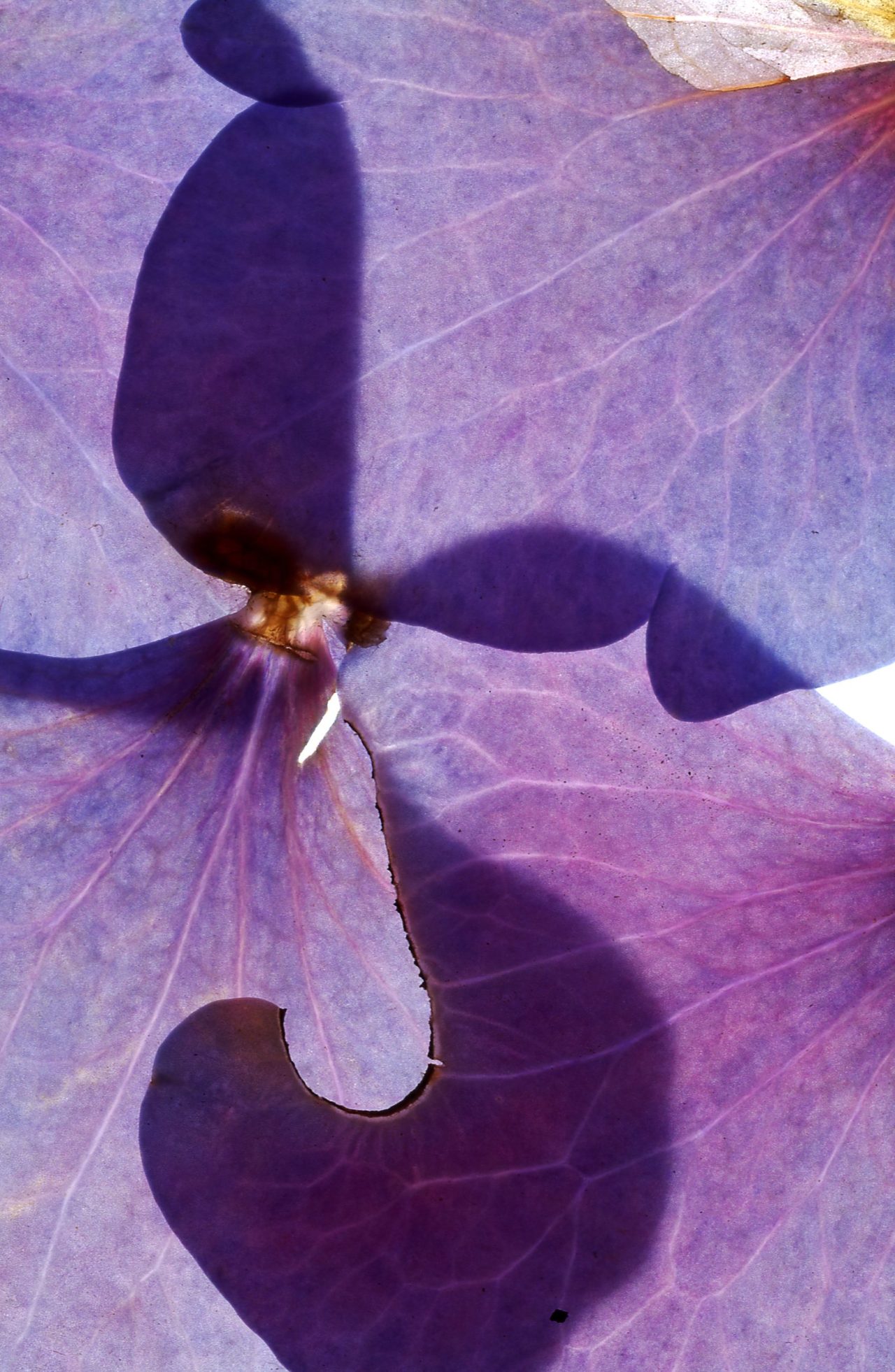
Laiwan writes, "Begun in 1987 investigating the questions, What is an image? What is a photograph?, she who had scanned the flower of the world... is an ongoing project where I collect flowers from the city I am showing in, placing the petals into slide mounts."
[more] -
News
06 Jan 2022
Works from the Collection: Laiwan’s African Notes

African Notes Parts 1 and 2 are composed of photographs that Laiwan took on a trip home to her birthplace of Zimbabwe in 1982, two years after the country’s independence.
[more] -
Event
11 Feb 2018, 1 pm
11 Feb 2018, 2 pm
Kids Take Over UBC: Poem Power — For Mighty Kids Who Want to Change the World!
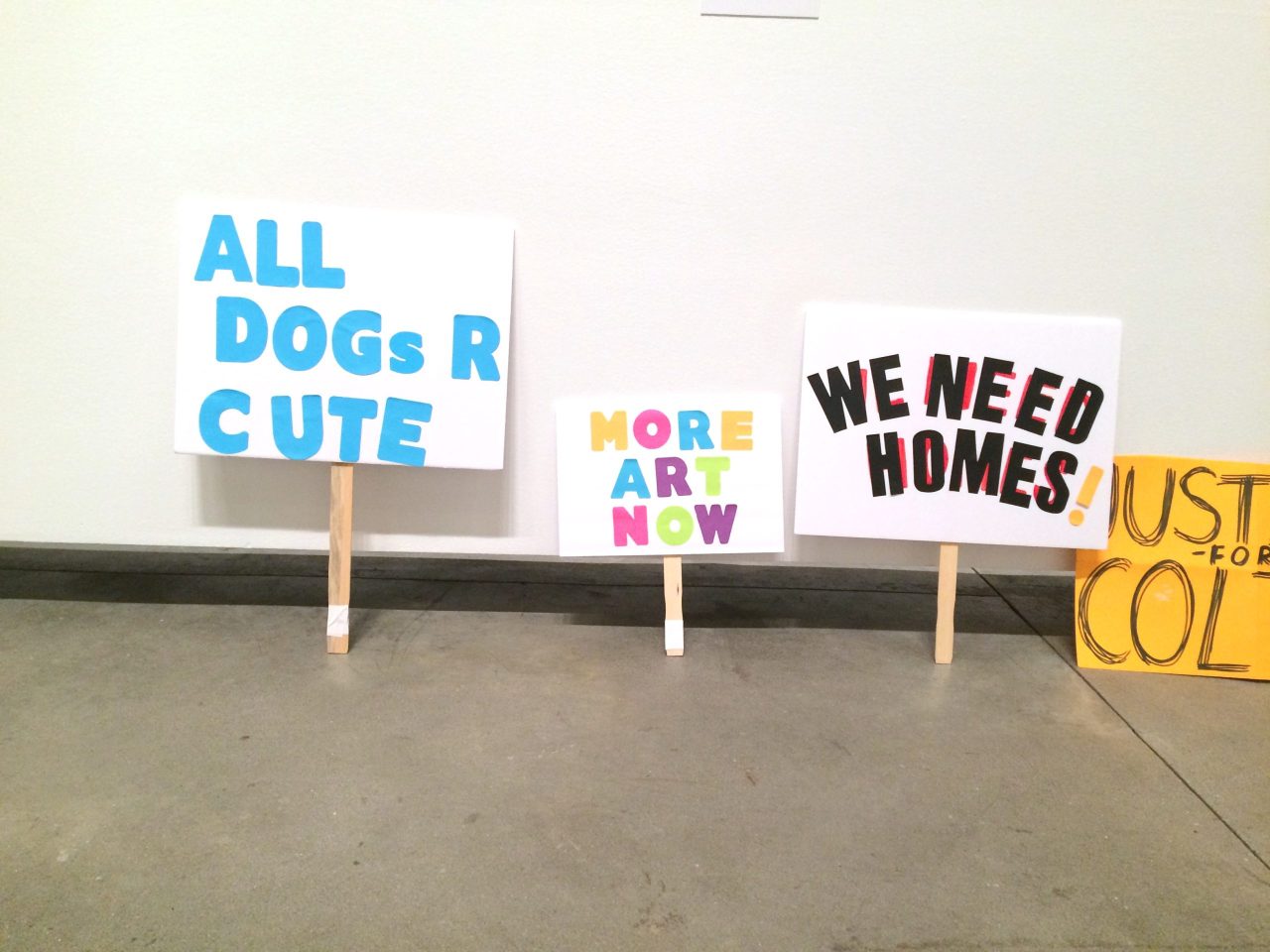 [more]
[more] -
Event
13 February 2021
Kids Take Over UBC: Walking Tour with Artist Diamond Point
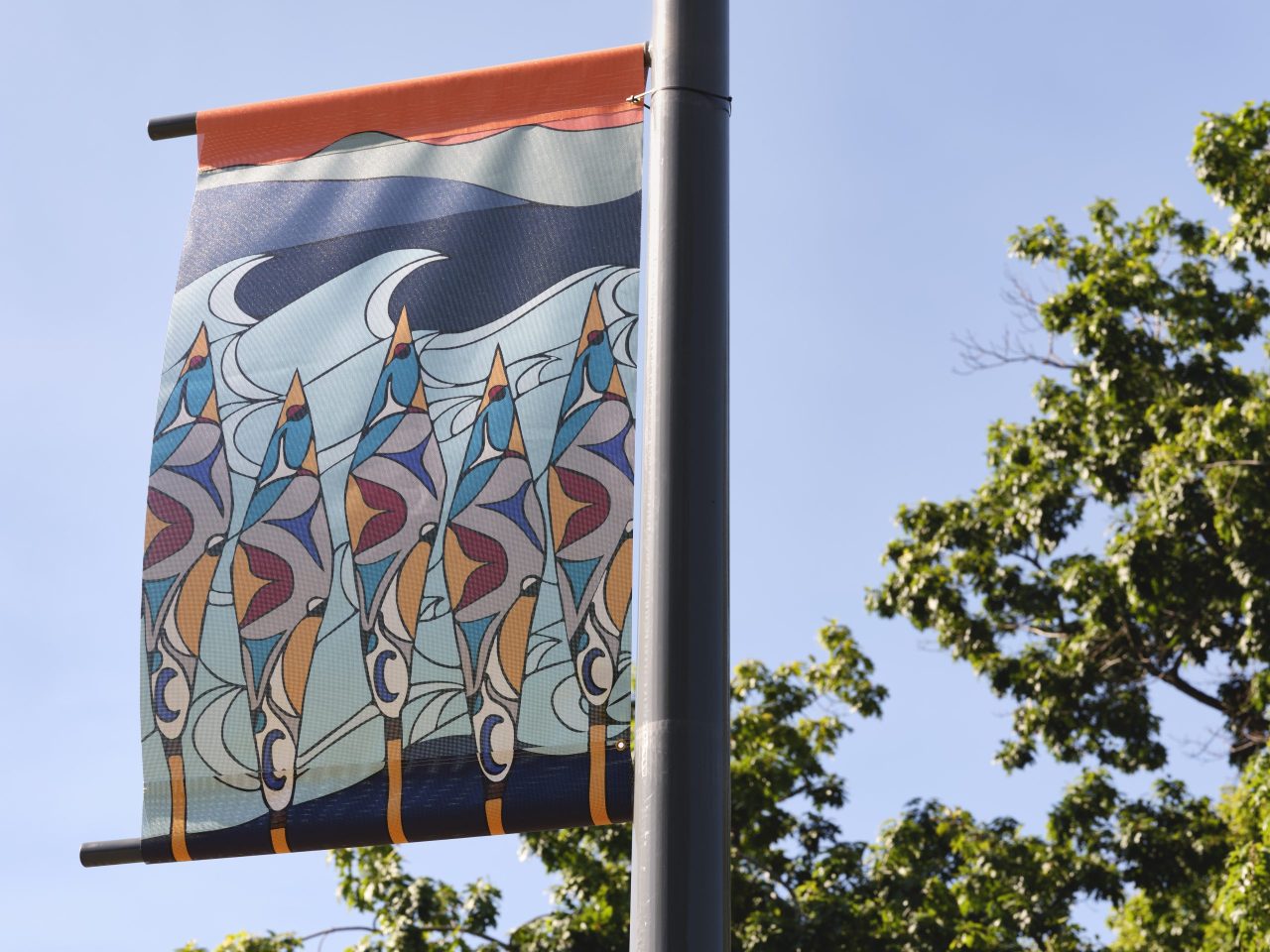
Join artist Diamond Point (xʷməθkʷəy̓əm / Musqueam) for an outdoor walking tour of her artwork, wəɬ m̓i ct q̓pəθət tə ɬniməɬ, a series of banners along Main Mall that run from James Hart’s Reconciliation Pole to the plaza near the Rose Garden on UBC campus. In keeping with the teachings of Point’s ancestors, the banners refer to protocols of arriving and asking permission to come ashore, while the Coast Salish design elements on the paddles announce who the arrivers are and where they've come from. Learn about the process of creating the design and colour in your own version of the banner.
[more] -
Tour
Sun 16 Feb 2020 from 1-1:45 pm
Sun 16 Feb 2020 from 2-2:45 pm
Kids Take Over UBC: Big and Small
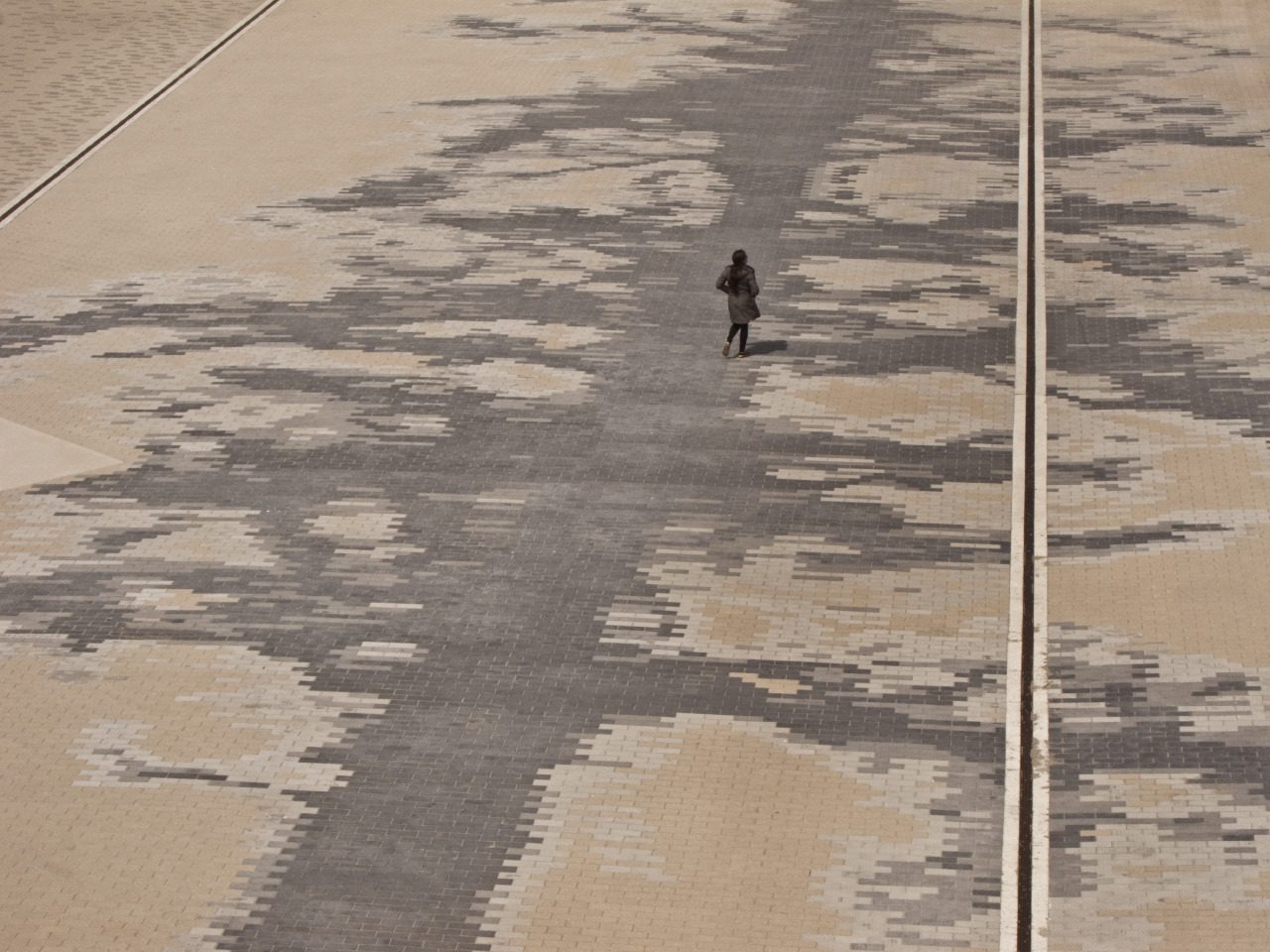
Kids Takeover UBC 2020. Mini Walking Tours - Have you ever sat in a giant camera or seen a huge shadow of an invisible old-growth tree? In conjunction with this year's Kids Take Over UBC, walk with us and see how artists have made trees look big and small.
[more] -
Event
Session 1: Sun 17 Feb 2019 from 1-1:40 pm
Session 2: Sun 17 Feb 2019 from 2-2:40pm
Kids Take Over UBC: When First There Was Light in the World—The Story of Two Wolves
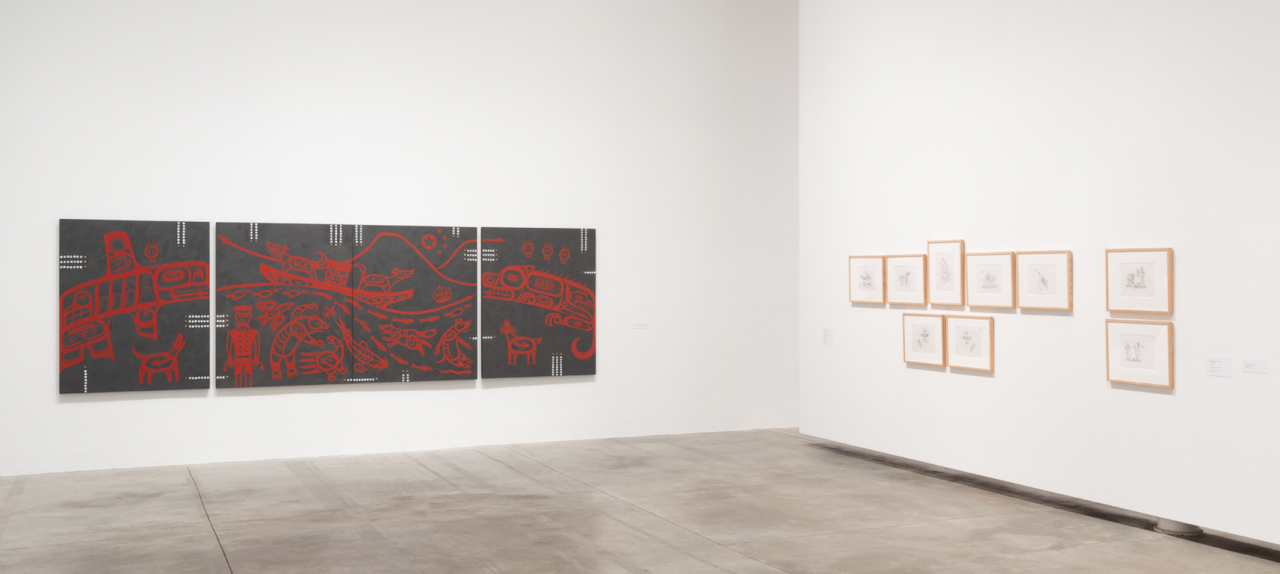
Kids Take Over UBC: When First There Was Light in the World - The Story of Two Wolves with Jaymyn La Vallee and Marianne Nicolson
The Dzawada̱’enux̱w people have lived on the lands and water ways of Kingcome Inlet since the beginning, long before settlers came to British Columbia, and their origin story describes how two wolves, Ḵawadiikala and Ḵwalili came to the area and how the clans descended from them. Join Jaymyn La Vallee and Marianne Nicolson as they talk about and teach you how to draw the figure of the wolf in the Belkin Gallery's current exhibition, Hexsa'am: To Be Here Always.
[more]
